

Matt Campbell
2026 Hyundai Tucson Hybrid review
1 Hour Ago
Queenslanders could have access to the largest EV rebates in Australia from July 2023, at up to $6000 per household.

Senior Contributor
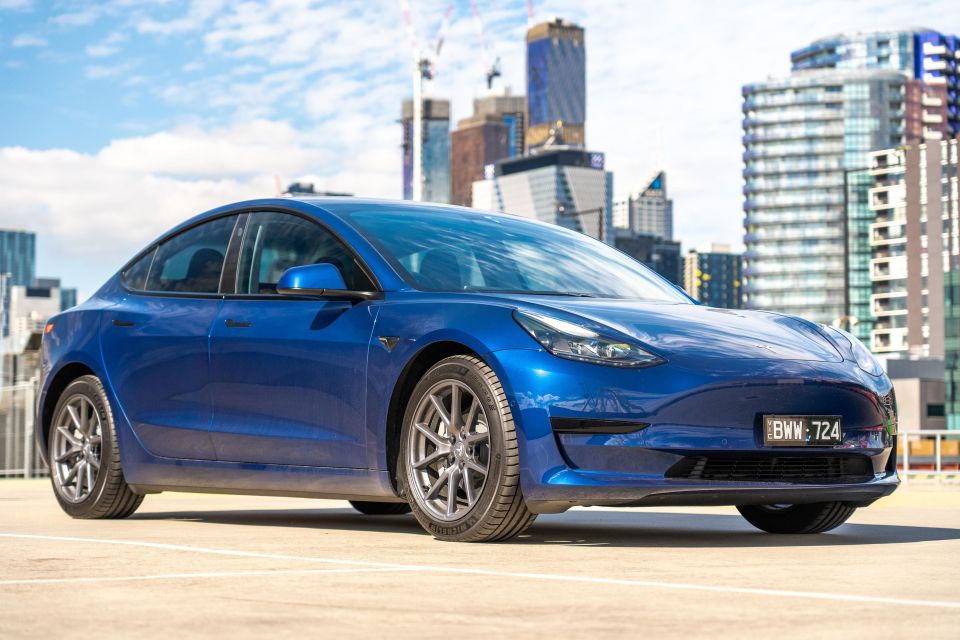

Senior Contributor
The Queensland Labor state government has doubled its household EV rebate from $3000 to $6000 and increased the price cap for new vehicles eligible under the scheme to $68,000 – widening the range of cars available.
Applicants must have a combined household income of $180,000 or less to get access to the maximum rebate under the Zero Emission Vehicle Rebate Scheme.
The doubled rebate is exclusive to eligible households according to today’s announcement – meaning two individual rebates of $3000 – but individual buyers, as well as households, above the income threshold will still have access the older $3000 discount.
Applicants who have already applied and received a $3000 rebate under the earlier scheme, and who are under the total gross income threshold, are considered eligible for reassessment and additional payment of the $3000 rebate.
Upping the threshold to $68,000 means buyers have access to far more choice than the old $58,000 cap allowed, with the net expanded to include vehicles like the Cupra Born, Nissan Leaf e+ and Polestar 2.
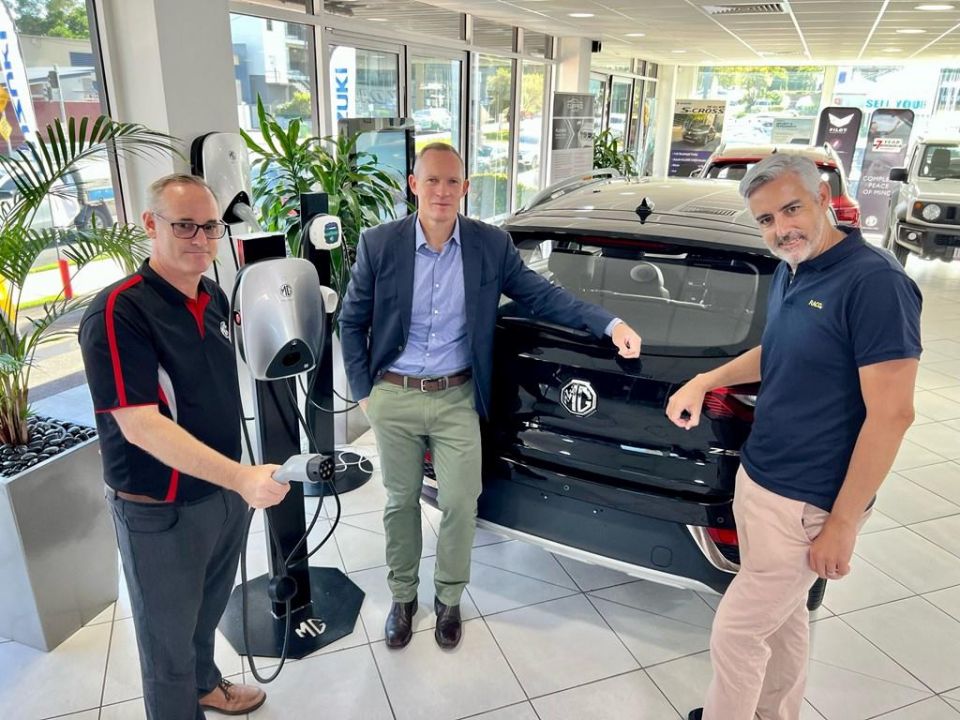
And of course most importantly, it also opens eligibility to the top-selling Tesla Model 3.
Electric vehicles that start under the threshold:
Never one to miss a chance to score political points, Queensland Minister for Energy, Renewables and Hydrogen Mick de Brenni said:
“We’re seeing the prices of EVs fluctuate on the back of rising materials costs and inflation left by the Morrison Government, so we’ve increased the eligible price cap… and increased the rebate amount.”
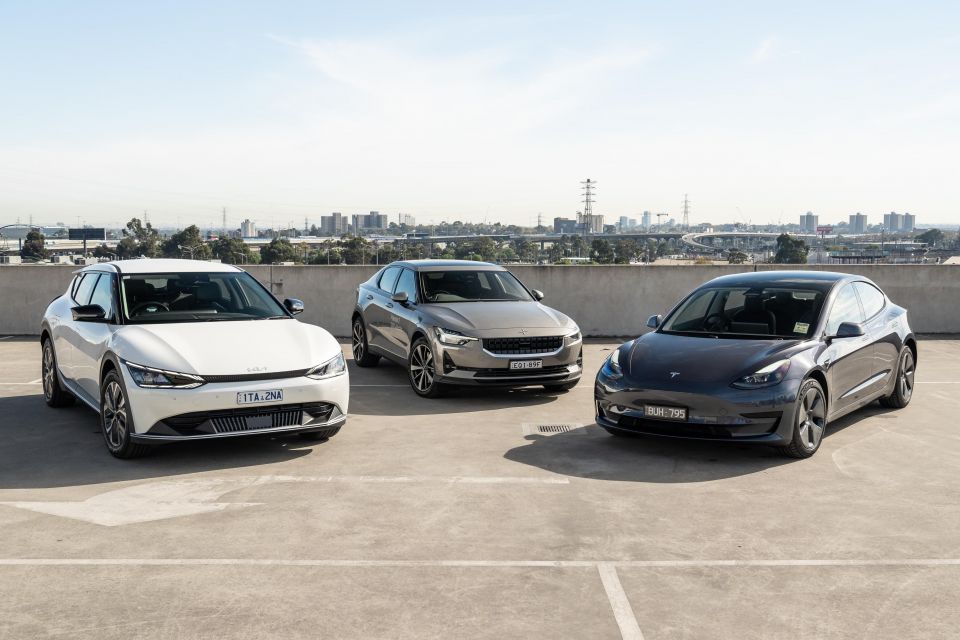
“We want more zero emission vehicles on Queensland roads with Queensland families to have access to cheaper and cleaner vehicles.”
The scheme can also be tapped by businesses, with the government’s scheme allowing Queensland companies to apply for up to five rebates per financial year.
“This is an opportunity for Queensland businesses to step up and contribute to emissions reduction through transitioning their fleet operations,” added Mr de Brenni.
Electric cars managed or leased through a lease or fleet organisation appear to be excluded however, as are used cars.
Details of the new requirements and an updated application form will be available online from July 1, 2023. The current scheme will remain in place until then, so the government advises “any person who purchases a new EV… to record proof of purchase to access the rebate”.
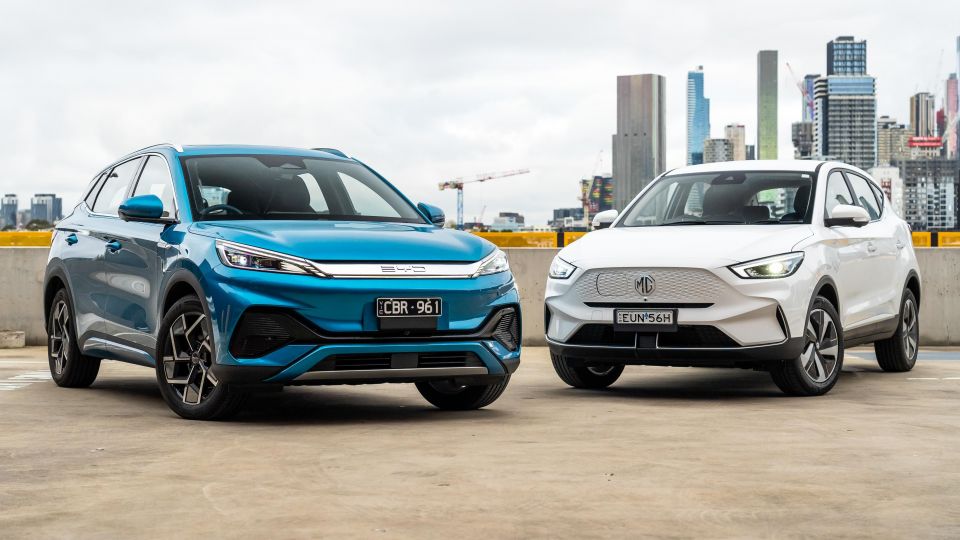
The government also says the scheme will bolster the secondhand market, making EVs more affordable in the years to come.
The Queensland Government has committed $45 million (theoretically equal to 7500 payments of $6000) to the rebate scheme which will be offered until funding is exhausted. As of this week, 1135 of the old $3000 rebates had already been approved.
The RACQ motoring club praised the move, saying its research showed the full $6000 rebate would have a positive impact on EV prices, making some electric models the same cost or even cheaper than their petrol comparisons.
“For example, with the increased rebate, the MG ZS Excite EV and its petrol counterpart, the MG ZST Excite 1.3L would both cost around $1032 per month to own and operate over a five-year loan,” it claimed.
“A Tesla Model 3 would be cheaper than its closest petrol comparison, the Honda Accord Vti Turbo 1.5, costing $1534 and $1550 per month respectively.”
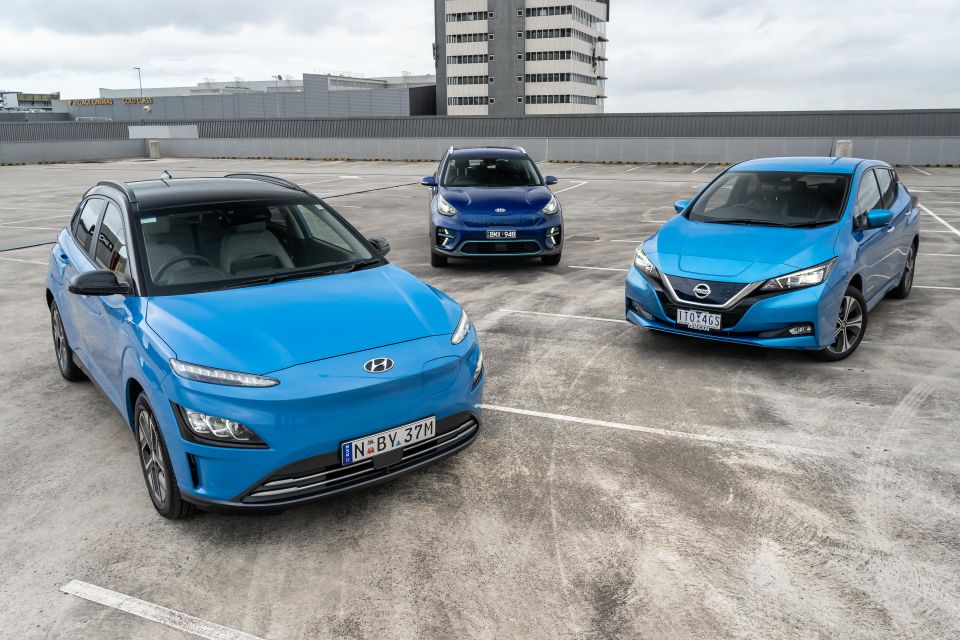
General Manager of Advocacy Joshua Cooney said it was clear that more Queenslanders were interested in purchasing EVs with the Australian Automobile Association’s (AAA) EV Index showing new electric car sales in the State soaring by 79.6 per cent in the first three months of 2023.
The body urged the government to make the scheme available for cars purchased using novated leases.
As we recently reported in our quarterly EV report, Queensland’s EV market share sits at 6.5 per cent, greater than Victoria (5.3 per cent) but less than New South Wales (7.6 per cent).
EV sales over Q1 2023 by State:
While Queensland’s EV rebates are now the highest in Australia, all regions now offer their own support packages to grow uptake.
For instance New South Wales is funding 25,000 rebates of $3000 on EVs under $68,750 and removing stamp duty on EVs under $78,000, while in Victoria there’s access to $3000 rebates on EVs under $68,740.
The previous highest rebates belonged to Western Australia, which in May 2022 announced an EV support package including $3500 rebates for buyers spending less than $70,000.
MORE: What electric car buyer incentives are offered across Australia?


Matt Campbell
1 Hour Ago


Max Davies
17 Hours Ago


William Stopford
17 Hours Ago


Derek Fung
18 Hours Ago


Max Davies
1 Day Ago


William Stopford
2 Days Ago